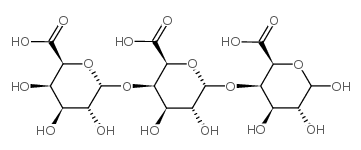| Structure | Name/CAS No. | Articles |
|---|---|---|
 |
Trigalacturonic Acid
CAS:6037-45-2 |
|
 |
Digalacturonic acid
CAS:5894-59-7 |